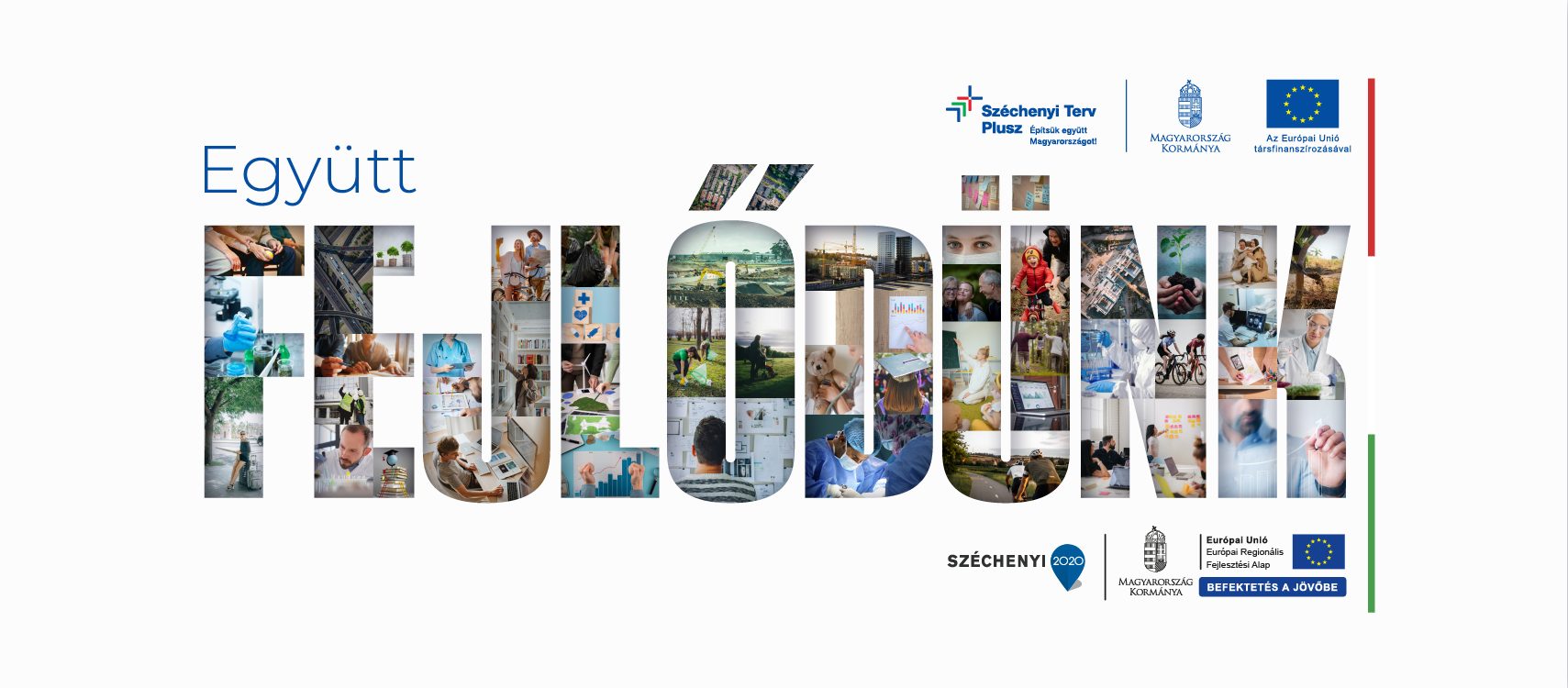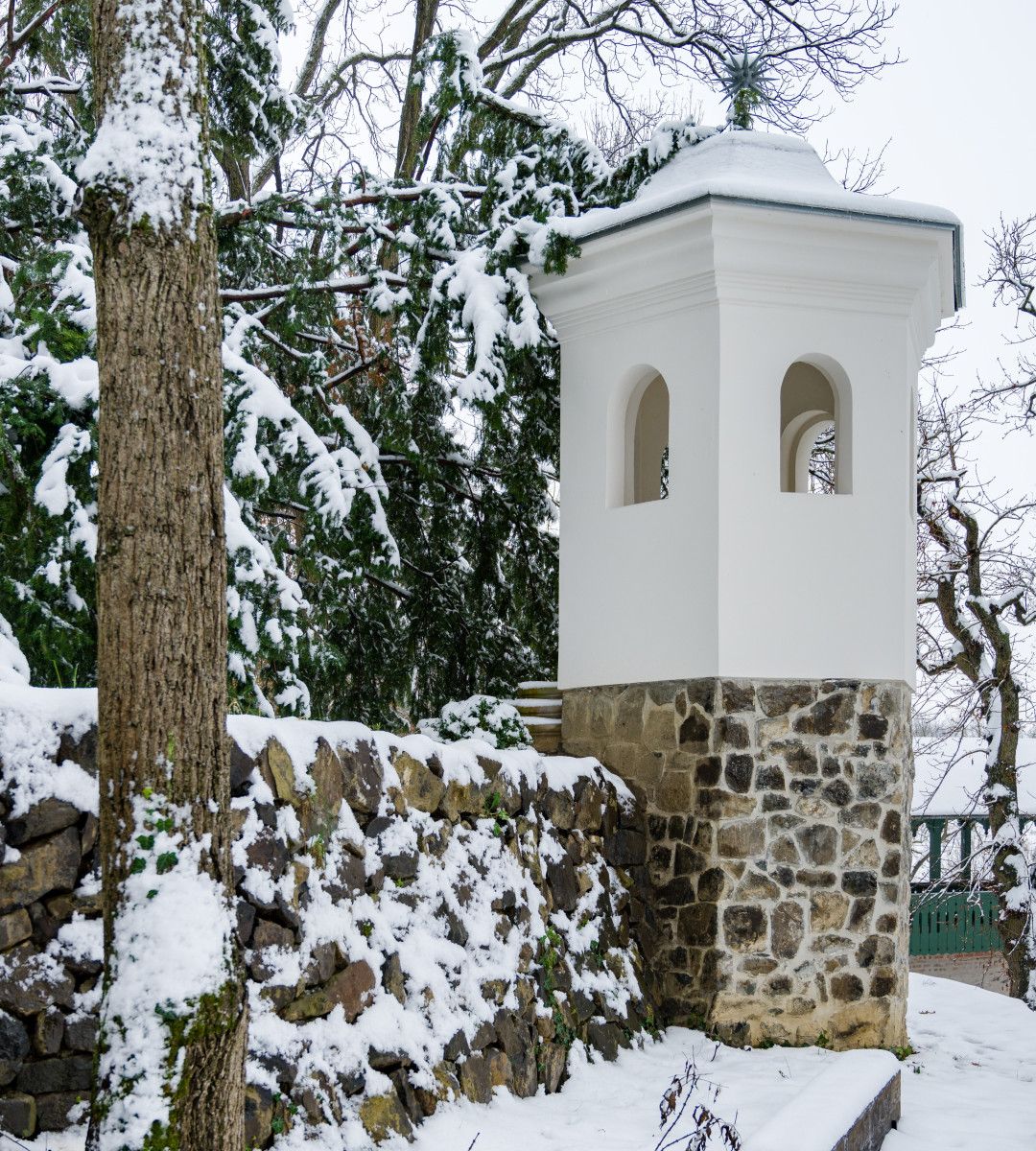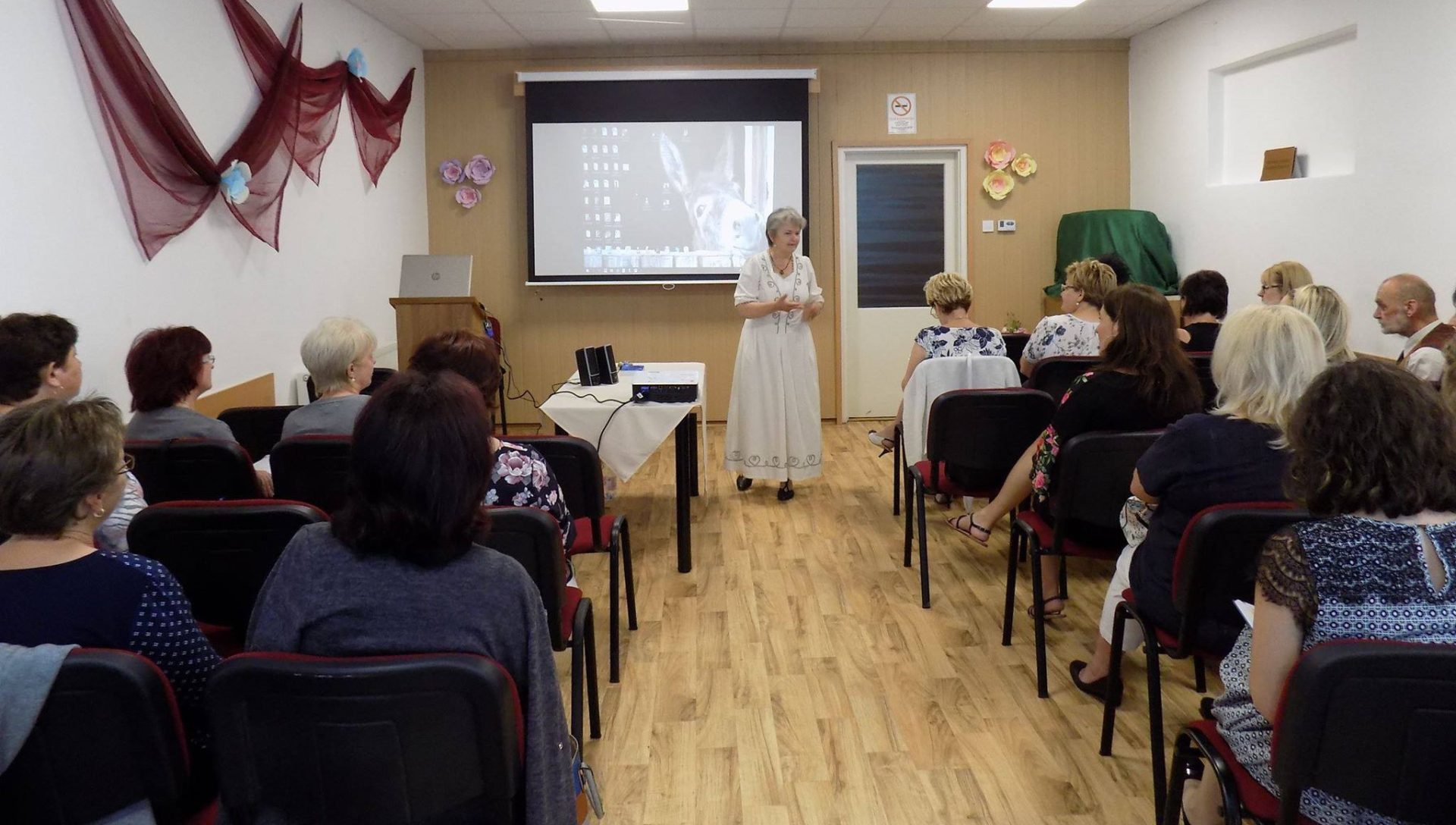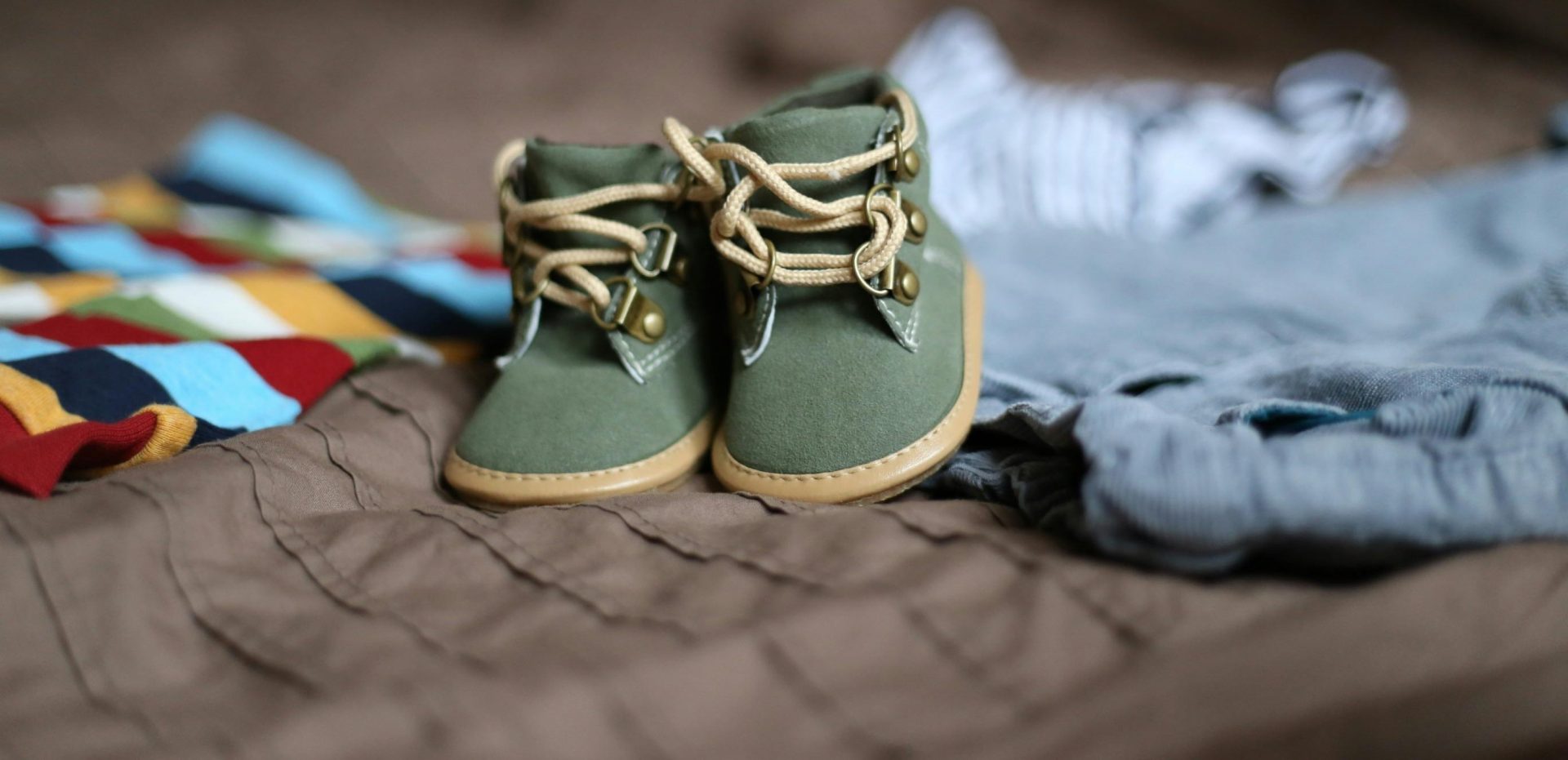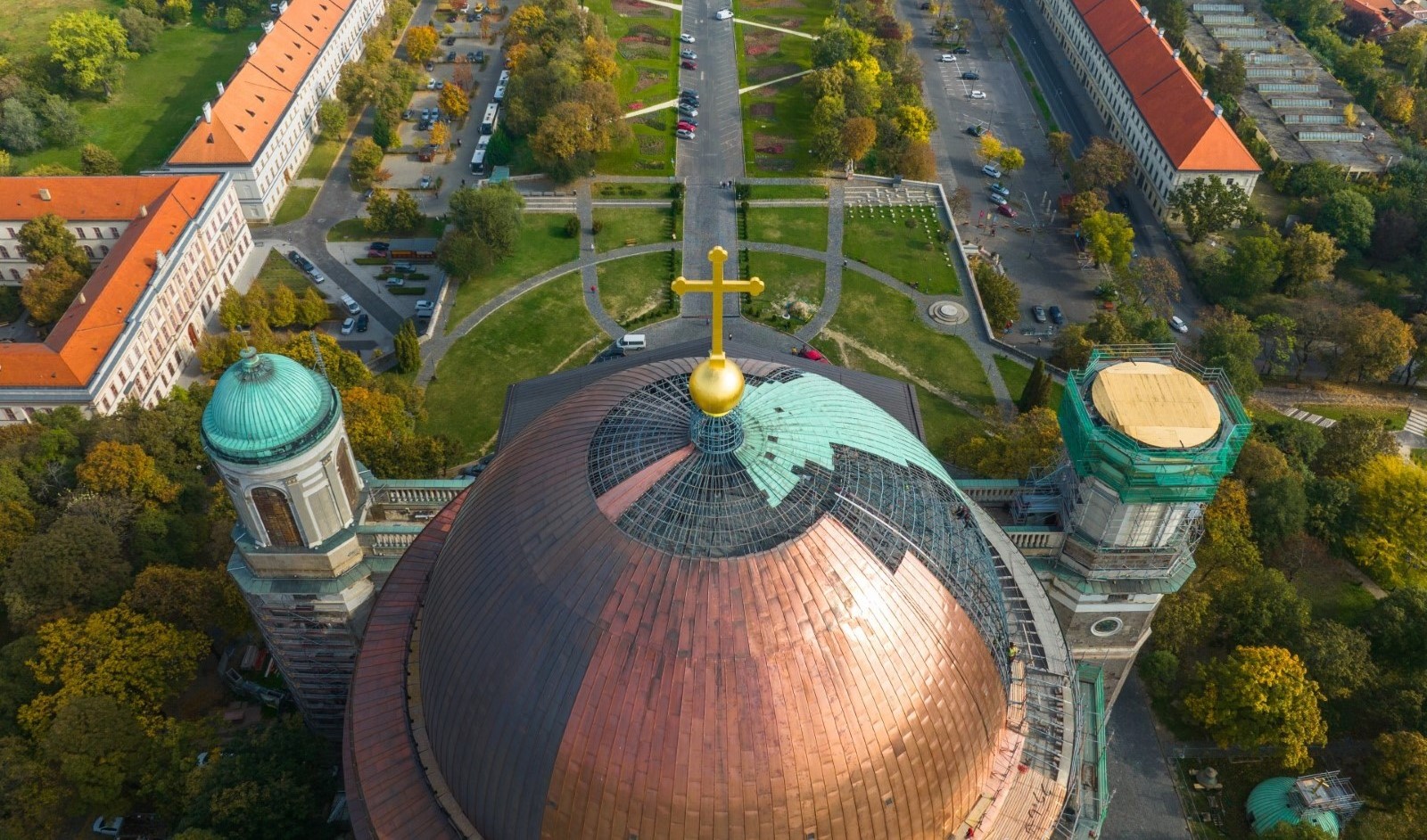Nógrád County has gained a remarkable new tourist attraction in the Szécsény district with the renovation of the historically significant Benczúr Mansion. Thanks to a development project co-financed by the European Union, the building has been restored to its former glory while paying tribute to its famous former resident, Gyula Benczúr. The renowned painter’s works can now be admired within the walls of the mansion, allowing visitors to experience both the elegance of the estate and the legacy of one of Hungary’s most outstanding artists.
| Gyula Benczúr, the namesake of Benczúr Mansion, was born in 1844 in Nyíregyháza and is recognized as one of the most influential figures of Hungarian academic historical painting. Among his most renowned works is “Saint Stephen Offering the Crown to Mary,” which adorns the St. Stephen’s Basilica, as well as two grand paintings in the Hunyadi Hall of Buda Castle: “The Triumphant Matthias” and “Matthias Receiving the Papal Envoys.” He also created the monumental “The Recapture of Buda” for Hungary’s Millennium celebrations. Beyond historical events, Benczúr also painted portraits of numerous distinguished personalities, including Queen Elisabeth, Count Gyula Andrássy, Crown Prince Rudolf, Kálmán Tisza, István Tisza, Kálmán Mikszáth, Ágoston Trefort, and Ferdinand I of Bulgaria. His talent was recognized internationally, leading him to teach at the Munich Academy between 1876 and 1883. Upon returning to Hungary, he founded the country’s first artist training school, the Benczúr Master School, which he led until his death. In 1910, the Hungarian Academy of Sciences honored him with an honorary membership. His legacy lived on through his students, and in 1921, the Benczúr Society was established in his honor, operating until 1954. In 1927, the village of Dolány was renamed Benczúrfalva in tribute to the artist—today, it is part of the town of Szécsény. |
The mansion was originally built by the Wattay family in the 18th century and later became the property of the Szontágh and Ivánka families. Its last owner before Benczúr was Count Mikó Pejácsevich, from whom Gyula Benczúr purchased the estate. The artist transformed it into an elegant home, adorned with art treasures, Oriental rugs, and Renaissance and Rococo furniture. The walls were decorated with his own paintings, making the mansion both a residence and a gallery of his works. After Benczúr’s death, his family maintained the estate, but World War II forced them to abandon it. When they returned in 1945, they found the mansion looted, including the artist’s studio. Following nationalization, the building’s condition deteriorated further: for a time, it was used as a cinema, while the studio house became the residence of sculptors István Szabó Sr. and his son. After the fall of communism, the mansion continued to decay until a full restoration became inevitable.
The renovation aimed to restore the mansion to its original 18th-century appearance while transforming it into a 21st-century cultural and artistic center. As part of the reconstruction of the building and its gardens, new exhibition and service spaces were created, along with interactive art programs for visitors. At the heart of the project was the presentation of Gyula Benczúr’s legacy, enriched by original artworks, multimedia content, and immersive artistic experiences.
Nearly the entire mansion was revitalized during the restoration. A welcoming area was established with a reception and cloakroom, along with a permanent exhibition featuring Benczúr’s original paintings, relics, textiles, photographs, and animations. The exhibition spaces also accommodate museum education programs, offering workshops for visitors. Additionally, a baby-mother room, a café, and a museum shop were created, ensuring a complete and engaging visitor experience.
During the renovation, the building was stabilized, a new retaining wall was constructed, the porch was restored, and the roof structure was repaired. Additionally, drainage issues were resolved, and the facade and windows were refurbished. The castle garden was also revitalized, including the gates, retaining walls, and garden pavilion. To enhance accessibility, a barrier-free parking area and new walkways were added.
Thanks to this extensive restoration, Benczúr Mansion has regained its former splendor while serving as a modern cultural space. The building and its exhibitions honor Gyula Benczúr’s legacy, offering visitors a unique artistic and historical experience.
The development was implemented from EU funding in the project GINOP-7.1.1-15-2017-00028 under the Economic Development and Innovation Operational Programme Plus.
Find out more about the project in the Project Finder:Details
